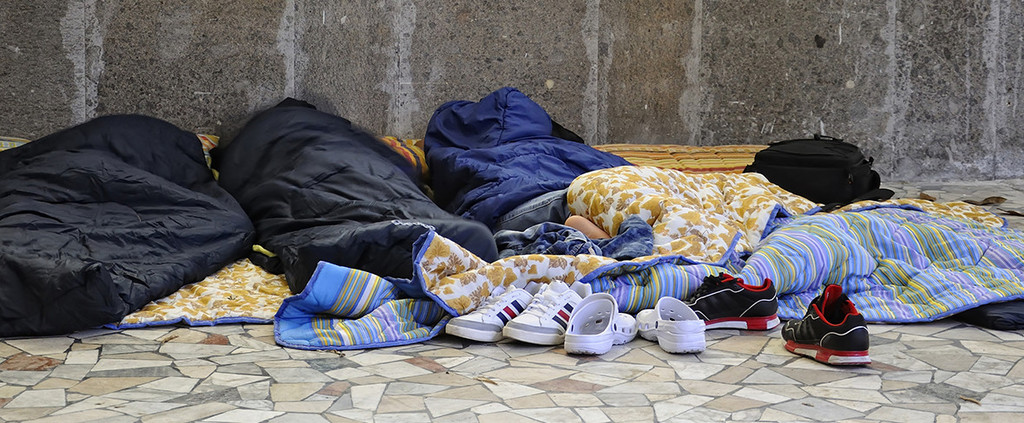In an effort to decrease the number of homeless families waiting for shelter in San Francisco, city officials have proposed to tighten some of the criteria for entry into homeless family shelters. Instead of speeding up the current seven-month-wait by moving more families into housing, the city is speeding up the wait for some by kicking others off the list entirely. A backward attempt to lower the homeless count by leaving some families ineligible for shelter entry.
Current criteria for entry into shelter includes completion of a nine-page document, proof of homelessness, birth certificates, a weekly phone call into the shelter hotline, registration in public benefits, a statement stating that the family is not currently living in any other person’s house, and a list of other varying degree-of-difficulty tasks.
These proposed requirements would eliminate the proof of homelessness and registration in benefits, but would make many families who are doubled up or temporarily out of town ineligible for shelter. It may not sound like a huge deal to a family not looking for shelter, but to the parents and children who are experiencing the trauma of homelessness firsthand, each additional task means a longer time without a home, which in turn means more trauma for the family, all of which means that the city’s shelter system that is supposed to put families first — San Francisco is, by definition, a sanctuary city — is in fact serving to cleanse the city of the poor and homeless, defeating the human condition that is supposed to be the soul of these seven-by-seven miles: the willingness to treat others with empathy and kindness.
Why are the requirements changing? The requirements are changing because city officials have announced a new plan to eliminate all homeless families in San Francisco within the next three years, a $30 million dollar effort, and therefore the numbers have to start dropping by any means possible, including proposing a new requirement that breaks federal law. This proposed requirement would force homeless families temporarily staying elsewhere in the Bay to register their child(ren) in San Francisco’s Unified School District, violating the Homeless Emergency Assistance and Rapid Transition to Housing Act (HEARTH) of 2009 — specifically the education subtitle of the McKinney-Vento Act. According to the McKinney-Vento Act, homeless children and youth have the right to continue their education in their “school of origin” – e.g., the school that the child or youth attended when permanently housed, or the school in which they were last enrolled. 42 U.S.C. §11432(g)(3)(A).
Jennifer Friedenbach, director of the Coalition on Homelessness, the organization that publishes Street Sheet, wrote that mobility between school districts is common among homeless children and youth, which is why the McKinney-Vento Act establishes the right of students to remain in their school of origin, regardless of school district boundaries, as they move. Children who change schools fare worse on academic assessments, are more likely to repeat a grade or to drop out and have their emotional and social well-being compromised. One study found that youth aged 11 to 17 were twice as likely to attempt suicide if their families moved three or more times compared to those who had never moved.
The proposed requirements also lack cultural competency, and the disclosure of personal information will be a barrier, especially for people who are undocumented or do not want to disclose certain information that they believe will risk their losing their children. In a case example, one family was on list for several months. The mother of the family reported that she was staying with her mother and other folks, but after a period of time, she returned to Connecting Point and admitted she was living in her car with her children for 9 months and was too scared to admit it.
Furthermore, a requirement for entry states that homeless families cannot be placed on long-term shelter waitlists if they are living in another person’s household and do not state they are unsafe. Homeless families often stay in other people’s households not because they are safe or healthy but because they don’t want to put their children on the street. A recent UCSF study of 108 homeless families on the Connecting Point waitlist found that 28 percent were forced to trade sex for a place to stay. This requirement is another example of a hurdle put up by city officials that homeless families must jump over for no other apparent reason than to make them jump.
These families are tired. Soon they may have no other choice but to leave the city. The homeless count may go down. City officials may be able to claim victory. But over 600 homeless families still live here. This is their home, too. Long-term shelter is a basic human right. They have children for children’s sake. No one deserves to be stuck in this position.


